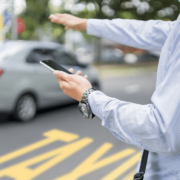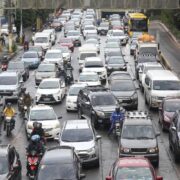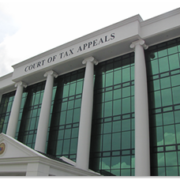What it’s like to live with EVs
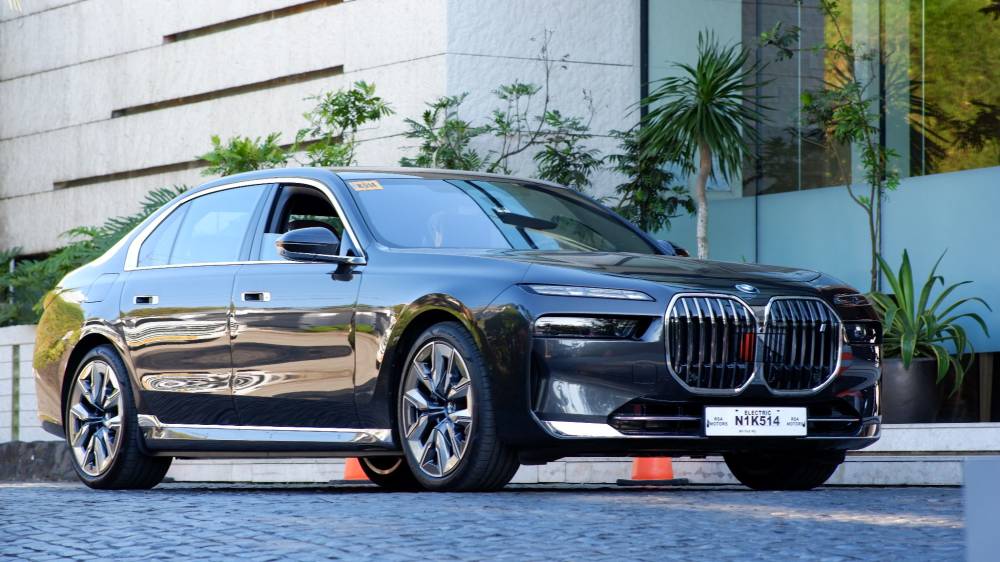
The increasing focus on electrification to reduce pollution and reliance on petroleum products has certainly grown in awareness and attention, if not (yet) in demand in the last few months. The benefits afforded by electrified vehicles thanks to legislation from Republic Act 11697, otherwise known as the EVIDA Law, makes electrified vehicles attractive to Filipino motorists. To experience what it is like to live with and drive an EV everyday, I test drove every single EV available to me since February up until today. So far, I’ve tried the Audi E-Tron GT, SUV and its Q8 replacement, the BMW iX, iX3, i5 and i7, the BYD Dolphin, Han and Tang, the Hyundai Ioniq 5, the Lexus R450e, the Porsche Taycan, and now looking forward to a MG EV soon after. Let me share with you my thoughts.
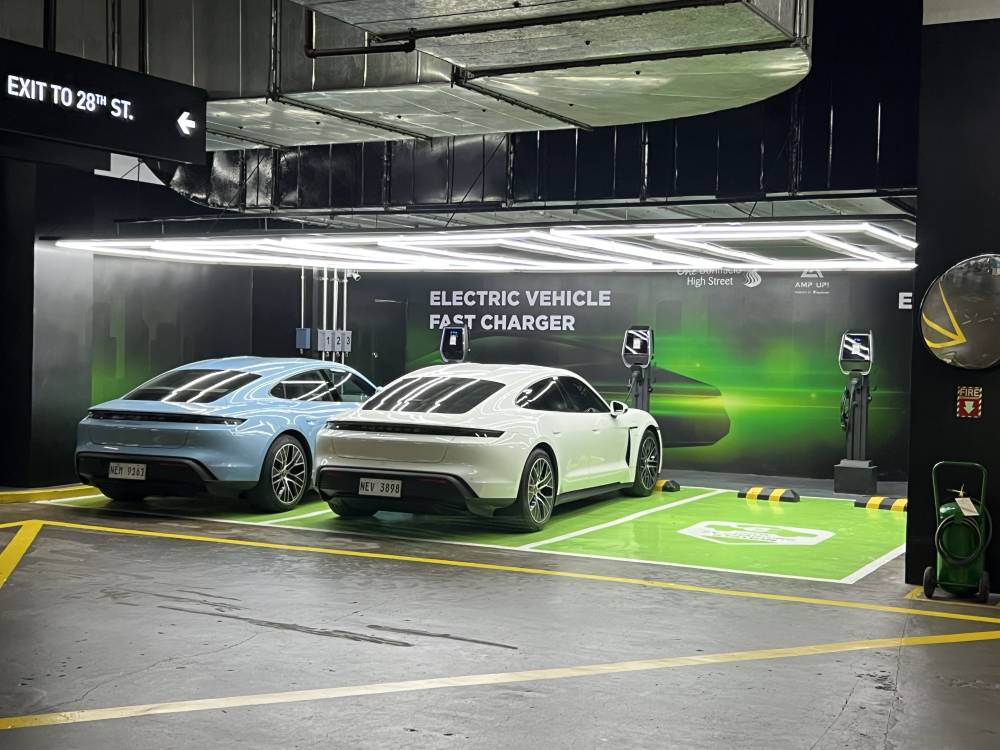
Electricity right now is far cheaper than any sort of petroleum based fuel product. Expect to spend roughly 20% of your fuel cost in a comparably sized ICE vehicle for electricity in your EV given roughly the same range. Then, there is no regular preventive maintenance servicing. And despite the heft, EVs aren’t as hard on the brakes thanks to the regenerative braking that charges the battery pack. The main concern nowadays is their tires: EVs due to their weight go through tires faster. And they require special extra load rated tires for EVs.
EVs are not for every motorist. If your daily drive consists of multiple short drives around a small radius, an EV is perfect. Range anxiety doesn’t become a concern. In fact, you will probably only need to charge once a week. If your drive is always the same route with minimal deviations, an EV also benefits you since you can always estimate range versus charge. In my case, I regularly drive down to Cavite, a 145-km round-trip twice a week. EV works perfectly, for me, since I always head to the same destination. A single charge is sufficient for me in a week’s time, with a bit of topping up once a week at most to cover my limited city driving.
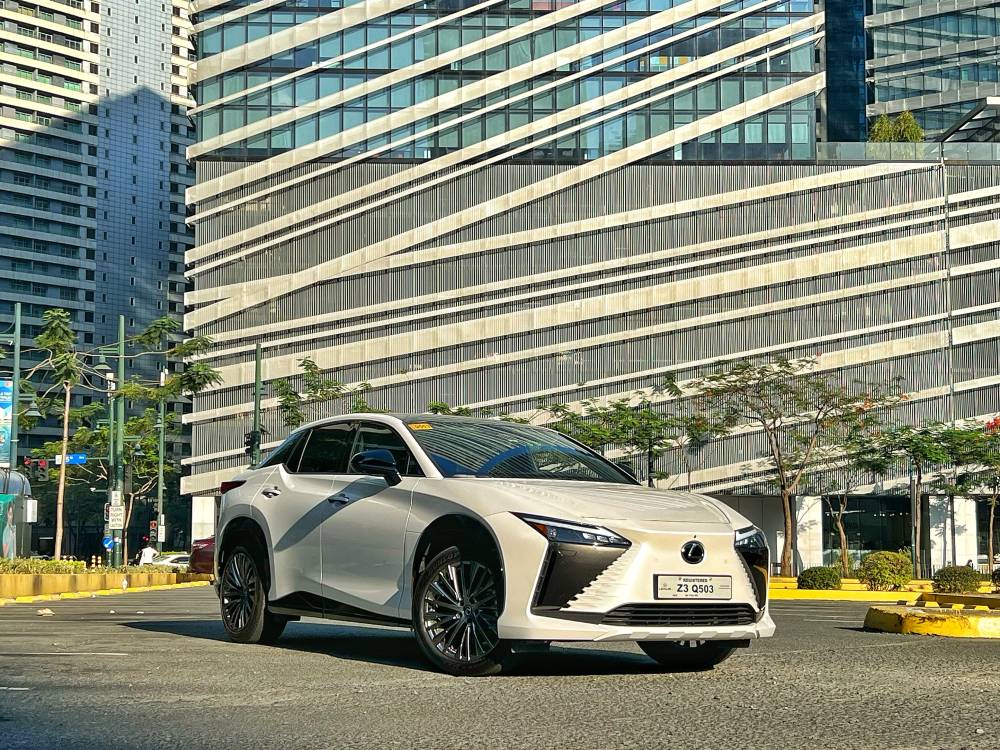
If, on the other hand, your route changes regularly, an EV might not yet be a good vehicle for you as regular deviations will alter your range versus charge available estimates, and it will be difficult to find a charging station near you should your battery level go down very low. Range anxiety becomes a very real concern.
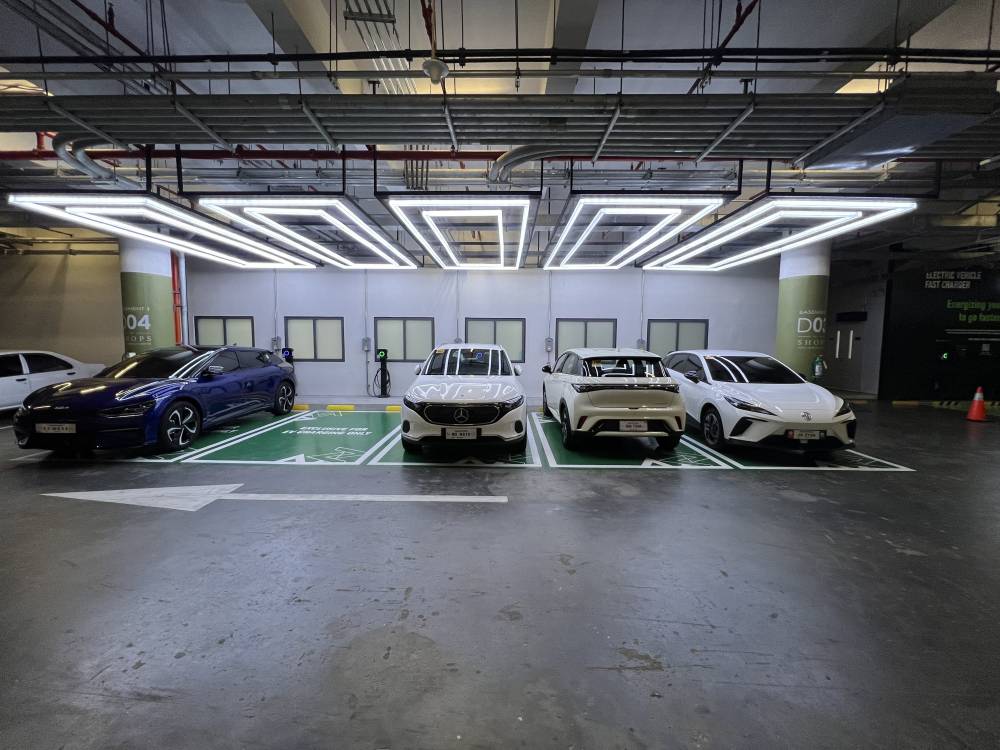
EVs are ultra-efficient on short trips too, based on experience, greatly outweighing energy consumption and actual running cost versus ICE-powered vehicles. On the highway, however, driving real world speeds, charge consumption happens much more greatly than one would expect. An ICE-powered vehicle traveling at 100-110kph is most- efficient, while for an EV, cruising at 80-90kph seems most-efficient. Charge consumption increases noticeably when the ambient temperature is higher, more, so on an incline. In the evening, when temps are cooler, and going on a steady descent, charge consumption efficiency improves significantly. On my regular drive down south, consumption is roughly 25-30% of total capacity going up during the day, but only 10-12% going back to Manila in the evening. Regenerative braking is a huge factor to recoup energy.
Regarding advertised range versus real-world range, I’ve consistently observed that I am only able to achieve 75-78% of the advertised range. This isn’t so bad, and I’m sure it could be better. But it is consistent, which makes EV driving range predictable.
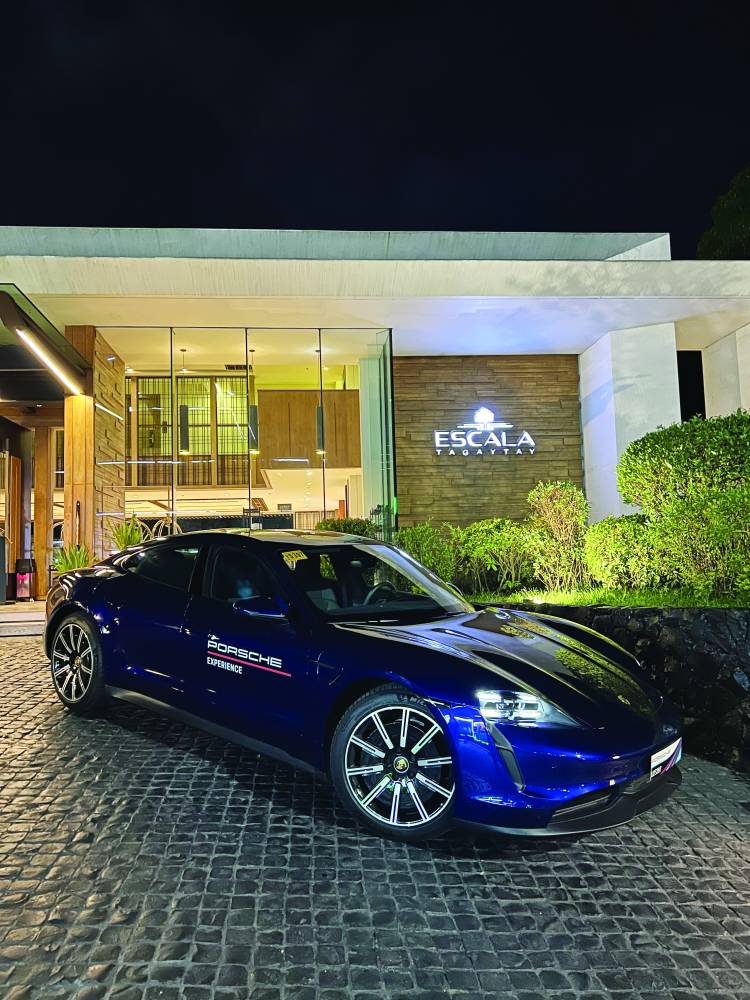
On the issue of public charging stations, EVRO, the mobile app developed by AC Mobility that allows EV users to locate charging stations, lists 34 active charging points with more to be activated in the months to come. There are actually 75 public charging points connected to their network, with more in the pipeline. PGA Cars took the initiative to establish their own small charging network exclusively for their customers. They have a total of 20 AC chargers and one DC charger spread throughout their facilities in Greenhills, BGC in Taguig, and in Alabang. SM Supermalls, on the other hand, has 12 charging locations going up north all the way to Baguio, and a further 10 charging locations going down south, all the way to Batangas. San Miguel Corporation, through its subsidiaries have also begun mapping out its charging network.
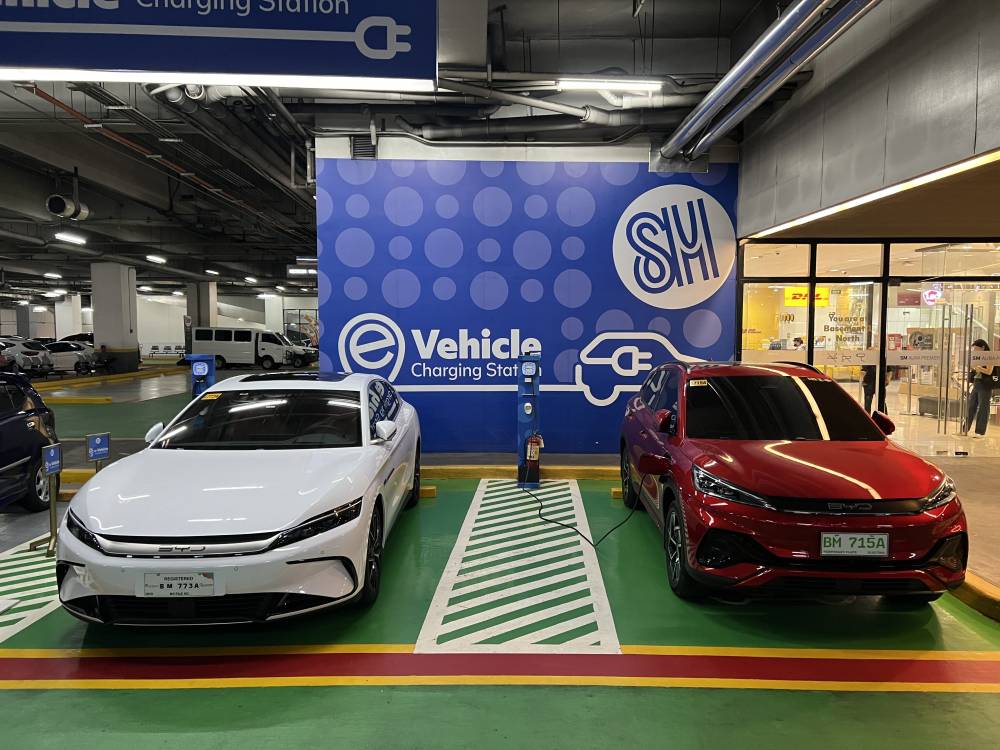
Let’s hope more are on their way.
The other issue is the plug standard. Many grey-market importers brought in EVs with different type plugs but the industry has slowly adopted CCS Type 2 as the de facto standard. Those with non-CCS Type 2 plugs will be in for a challenge, especially as major charging providers don’t allow adaptors. There are rumors of government legislation stipulating the adowption of CCS Type 2 plugs. This would be a positive step forward simplifying the technical requirements and encouraging more private enterprises to install a charger of their own.
I’m still not done with my EV exploration. These are but musings. There’s more changes to come and more importantly, more cars to drive!






